Complete Solutions to C.U.Q of chapter MECHANICAL PROPERTIES OF SOLIDS of Class 11 book with complete answers and questions
| Class 11 | PHYSICS |
| Chapter | MECHANICAL PROPERTIES OF SOLIDS |
| NARAYANA | C.U.Q |
| Number Of Questions | 74 |
| Academic Year | 2023-24 |
Reason for the deforemation of a regular body is
View SolutionFor a gas elastic limit
View SolutionWhich of the following affects the elasticity of a substance
View SolutionA spring is stretched by applying a load to its free end. The strain produced in the spring is
View SolutionThree wires `A,B,C` made of different materails elongated by `1.5,2.5,3.5mm`, under a load of `5kg`. If the diameters of the wires are the same, the most elastic material is that of
View SolutionThe modulus of elasticity is dimesionally equivalent to
View SolutionFor a perfectly rigid body
View SolutionStatement-1 : `C_(P)-C(upsilon) = R` is true for monoatomic gases only.
Statement-2 : The relation applies equally to all gases.
View SolutionAs temperture increases the Young's modulus of the material of a wire
View SolutionIf stress is numbercially equal to young's modulus, the elongation will be
View SolutionA wire elongastes by 1.0 mm when a load W ils hung from it. If this wire goes over a pulley and two weights W each are hung at the two ends the elongation of the wire will be
View SolutionA uniform rod of length `L` and mass `M` is pulled horizontally on a smooth surface with a force `F`. Determine the elongation of rod if Young's modulus of the material is `Y`.
View SolutionThe bulk modulus for an incompresssible liquid is
View SolutionShearing strain is expreseed by
View SolutionBraking froce per unit area of cross section of a wire is called
View SolutionThe property of metals where by they could be drawn into thin wires beyond their elastic limit without breaking is
View SolutionThe breaking stress of a wire depends on
View SolutionA wire can sustain the weight of `40kg` before breaking. If the wire is cut into `4-`n equal parts, each part can sustain a weight of `...kfg`
View SolutionThe graph shows the change `'Delta l'` in the length of a thin uniform wire used by the application of force `F` at different temperatures `T_(1)` and `T_(2)`. The variation suggests that
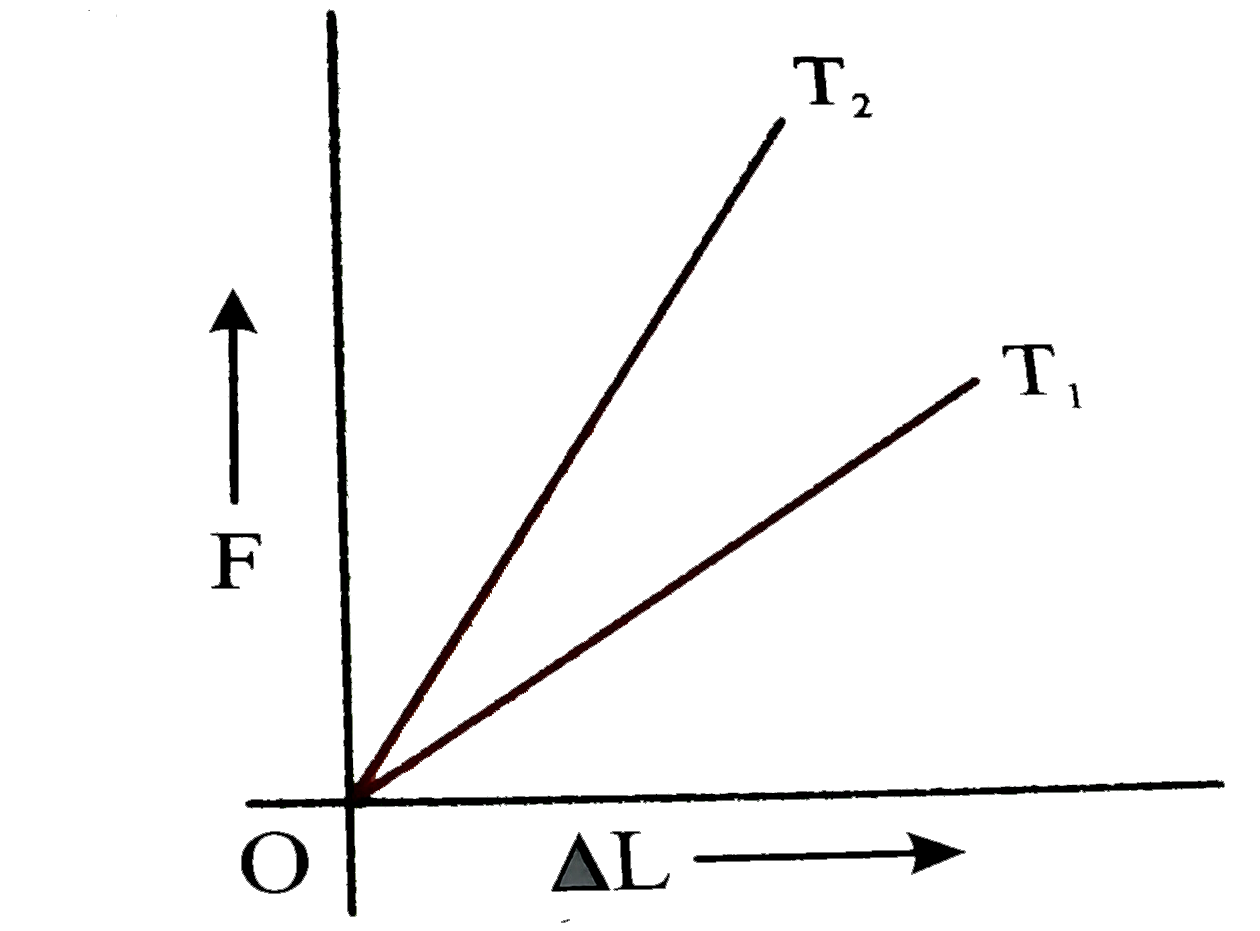
View SolutionIf the length of the wire is doubled the strain produced is
View SolutionA Copper wire and steel of the same diameter and length are connected end to end and a force is applied, which stretches their combined length by 1 cm. The two wires will have
View SolutionAn iron bar of length `L`. Cross section `A` and Young's modulus `Y` is heated from `o^(o)C` to `100^(0)C`. If this bar is held so that it is not permitted to bend and to expand, the force `F` that is develop, is proportional to
View SolutionThree wires `A,B,C` made of the same material and radius have different lengths. The graph in the figures show the elongation-load variation. The longest wire is
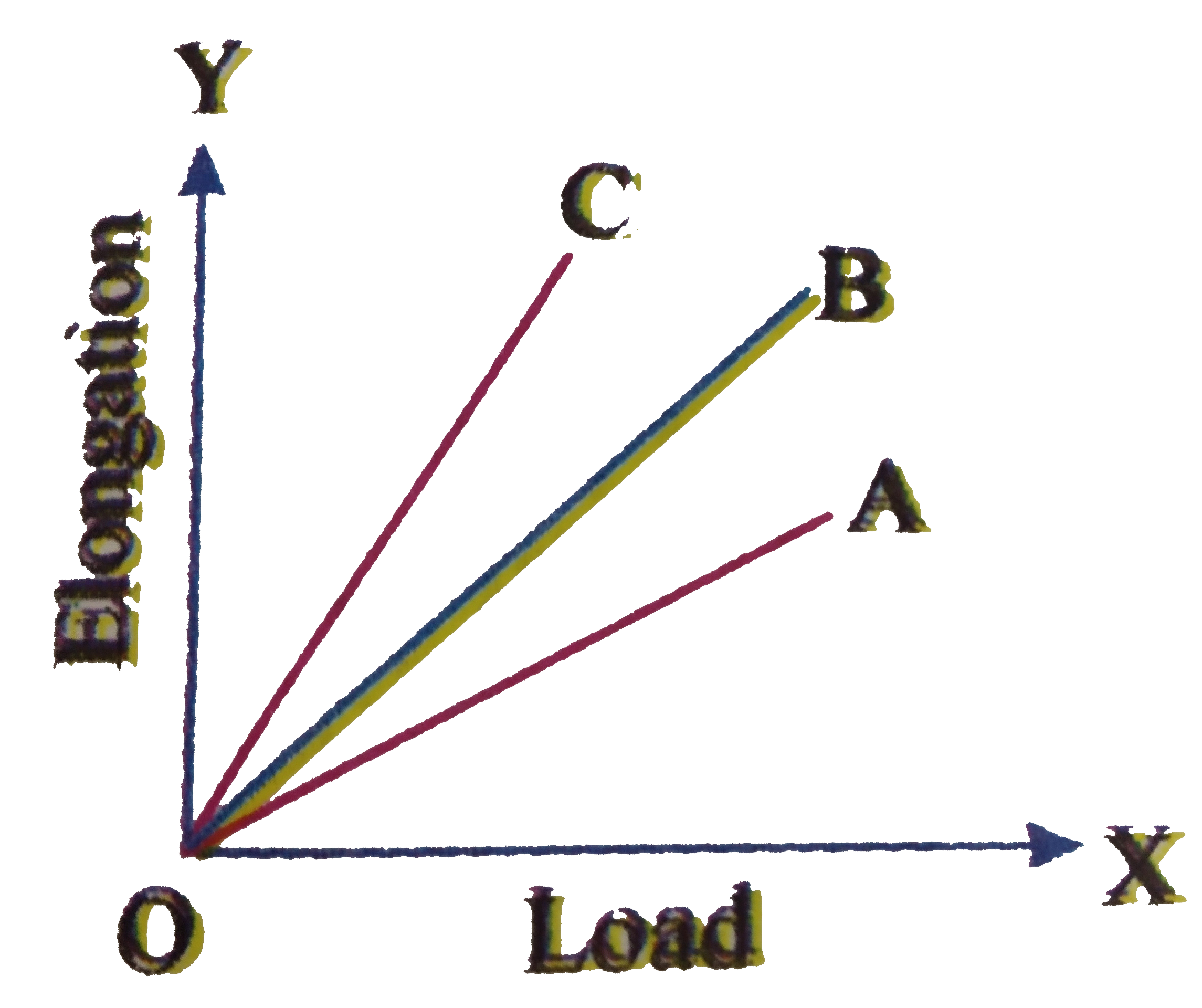
View SolutionAccording to Hooke's law of elasticity the ratio of stress too strain
View SolutionThe law which governs the working of a spring balance is
View SolutionA body subjected to strain a number of times does not they Hook's law due to
View SolutionA heavy mass is attached to a thin wire and is whirled in a vertical circle. The wire is most likely to break
View SolutionSteel is preferred for making springs over copper because
View SolutionElongation of a wire under its own weight is independent of
View SolutionThe young's modulus of a wire of length (L) and radius (r ) is Y. If the length is reduced to` L/2` and radius `r/2` , then its young's modulus will be
View SolutionThe dimensional formula for young's modulus is
View SolutionThe modulus of rigidly of a liquid is
View SolutionThe young's modulus of air is
View SolutionYoung's modulus for perfectly plastic body is
View SolutionYoung's modulus for a perfectly rigid body is
View SolutionWithin elastic limit, which of the following graphs correctly represents the variation of extension in the length of wire with the external load?
View SolutionWhich of the folliwing substances has the highest elastictiy
View SolutionA steel wire is stretched by `5k wt`. If the radius of the wire is doubled its Young's modulus
View SolutionA stone is suspended in a tub of water with copper wire. Another stone of equal mass is suspended in kerosene with equal length of copper wire then
View SolutionA given quantity of a ideal gas is at pressure P and absolute temperature T. The isothermal bulk modulus of the gas is
View Solution`K` is the force constant of a spring. The work done in increasing its extension from `l_1` to `l_2` will be
View SolutionA wire of length L and cross sectional area A is made of a material of Young's modulus Y. If the wire is streched by an amount x, the work done is………………
View SolutionThe following substances which posses rigidity modulus
View SolutionThe poisson's ratio cannot have the value
View SolutionWhen a rubber cord is streched, the changed in volume in neglible compared to the change in its linear dimension. Then Posisson's ratio for rubber is
View SolutionWhat is the possible value of Poisson's ratio of a substance?
View SolutionWhat is the possible value of Poisson's ratio of a substance?
View SolutionThe graph shows the behaviour of a steel wire in the region for whoch the wire obeys Hooke's law. The graph is a parabola. The variables ` X` and `Y` -axes, respectively can be [ stress `(sigma)`,strain `( epsilon)` and elastic potential energy(U) ]
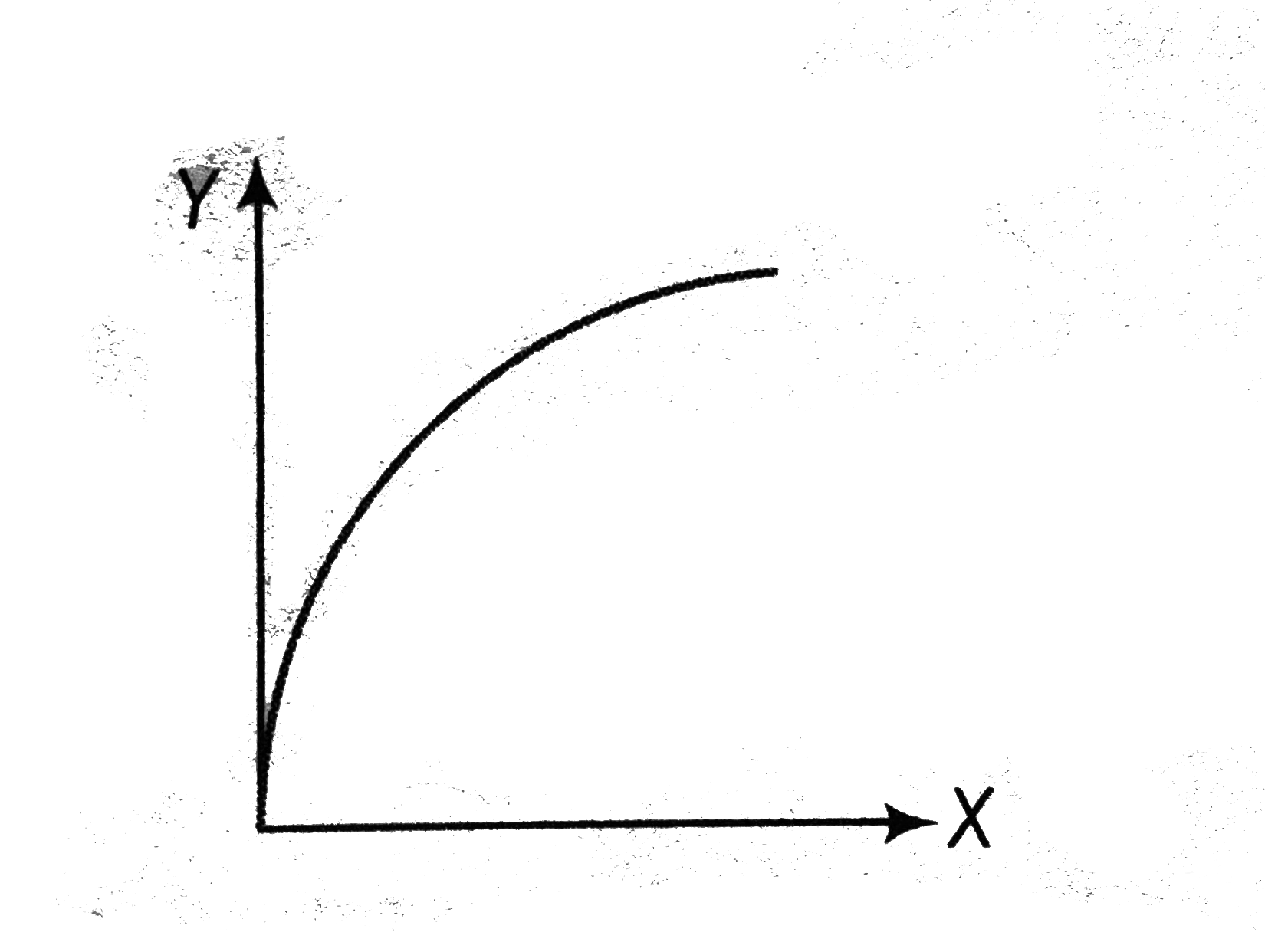
View SolutionThe elastic after effect show that the
View SolutionA student plots a graph from hs readings on the determination of Young modulus of a metal wire but forgets to put the labels figure. The quantities on X and Y axes may be respectively
View SolutionA wire extends by `'l'` on the application of load `'mg'`. Then the energy stored in it is
View SolutionA metallic rod of length `'L'` and cross-section `'A'` has Young's modulus `'Y'` and coefficent of linear expansion `'alpha'`. If the rod is heated to a temperature. 'T'` the energy stored per unit volume is:
View Solution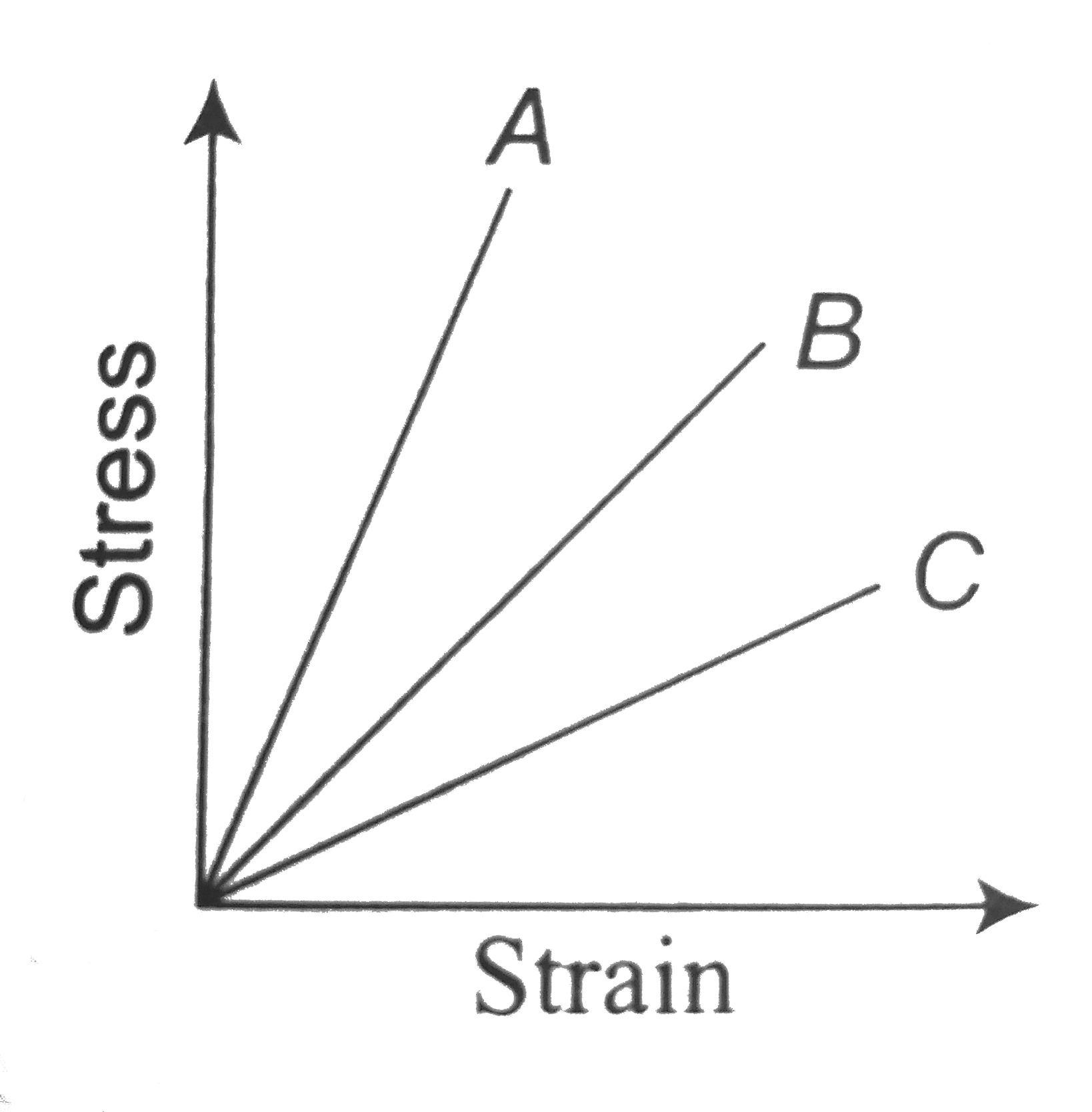
The stress strain curves for brass, steel and rubber are shown in the figure. The lines A, B and C are for
View SolutionWhen a small block is suspended at the lower end of an elastic steel wire hanging form the celling, there is a loss in gravitational potential energy `(U)` of earth-block system then
View SolutionThe diagram represents the applied force per unit area `(F)` with the strain `(X)` produced in a thin wire of uniform
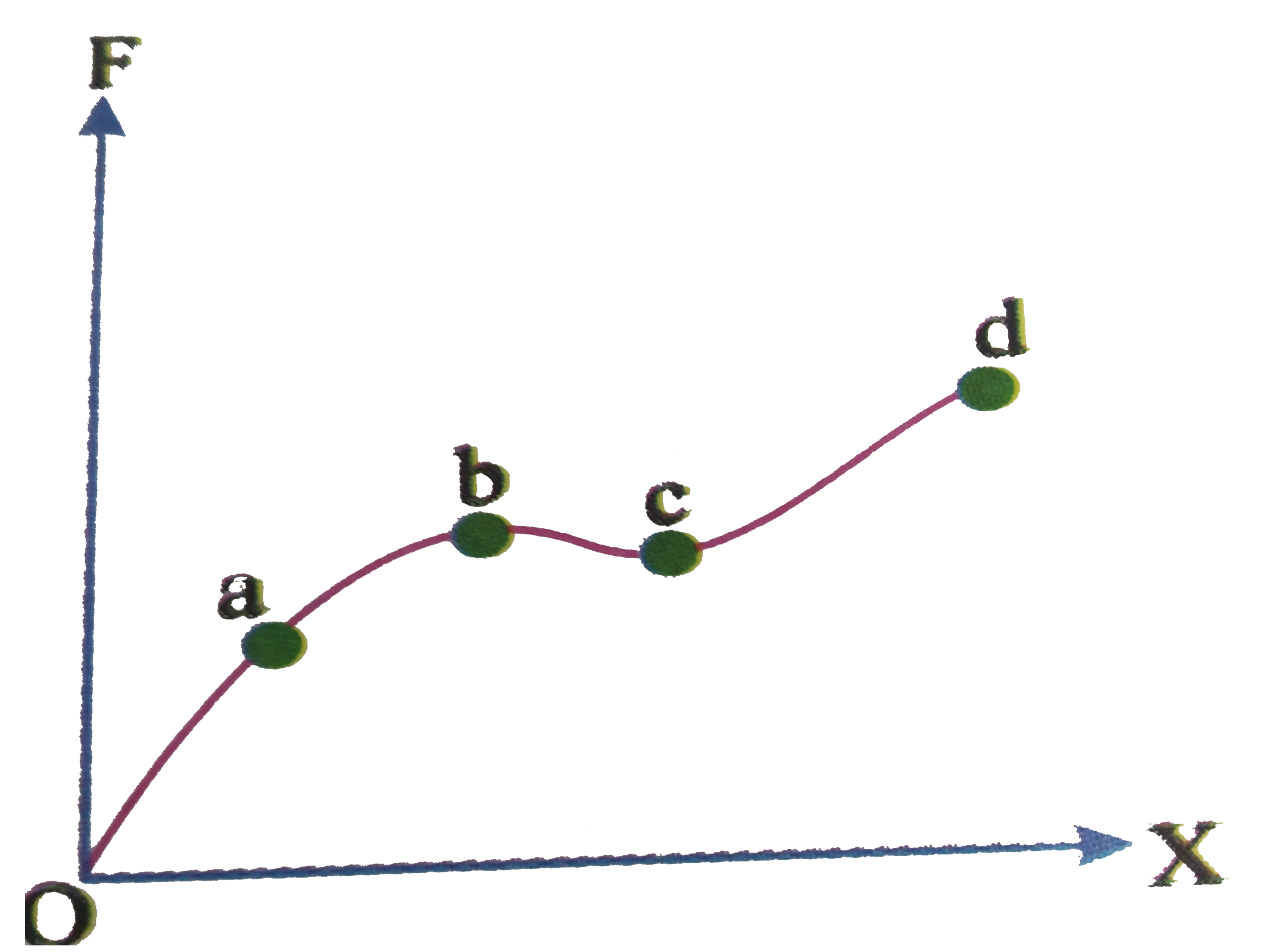
cross-section in the curve shown. The region in which the wire behaves like a viscous liquid is
View SolutionA unifrom rod is fixed at one end to a rigid support, its temperture is gradually increased the representaion of graph strain `(e)` versus increment in temperature `Delta theta` is
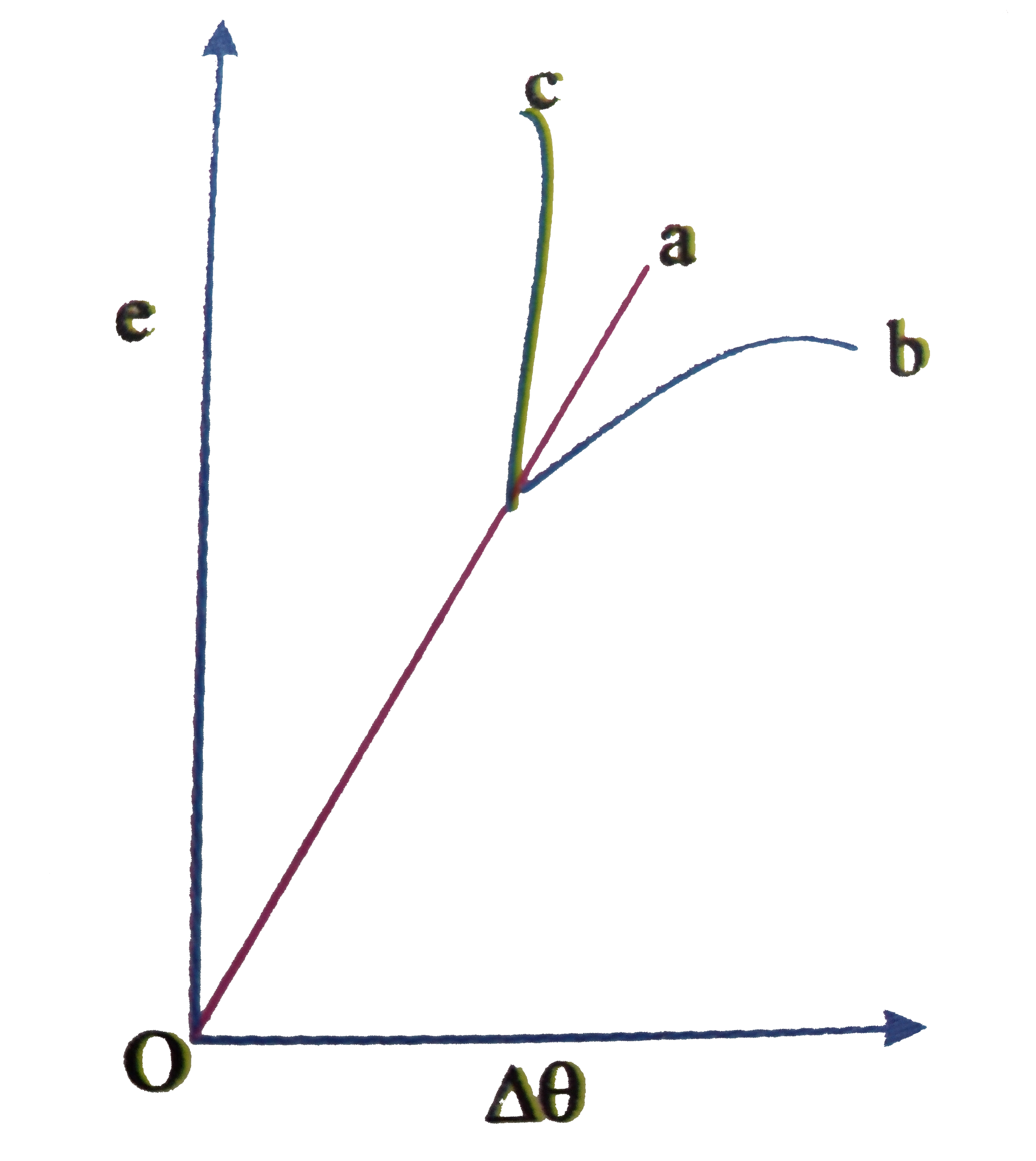
View SolutionThe load versus extension graph for four wires of same material is shown.
The thinnest wire is represented by the line
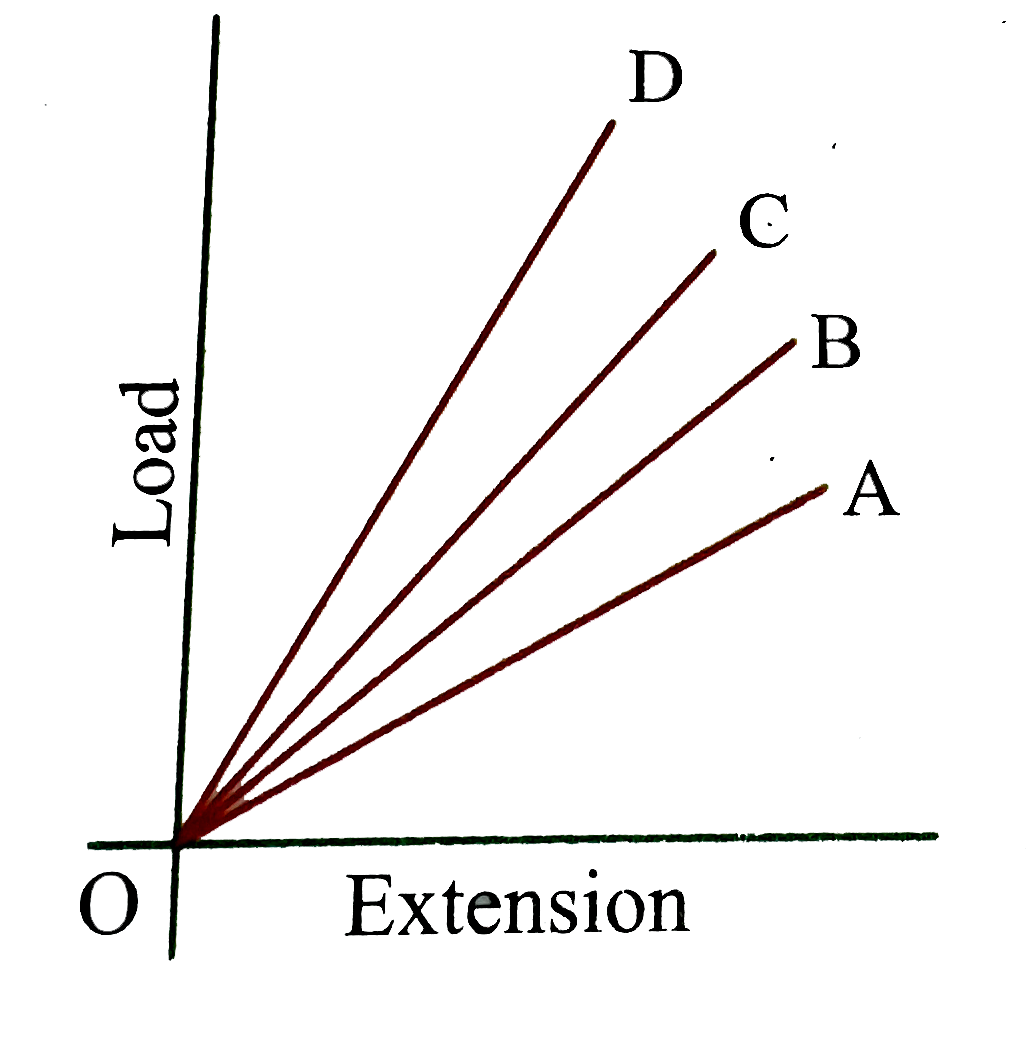
View SolutionWhich of the following stress versus strain curve representes cast iron?
View SolutionA graph is shown between stress and strain for a metal. The part in which Hooke's law holds good is
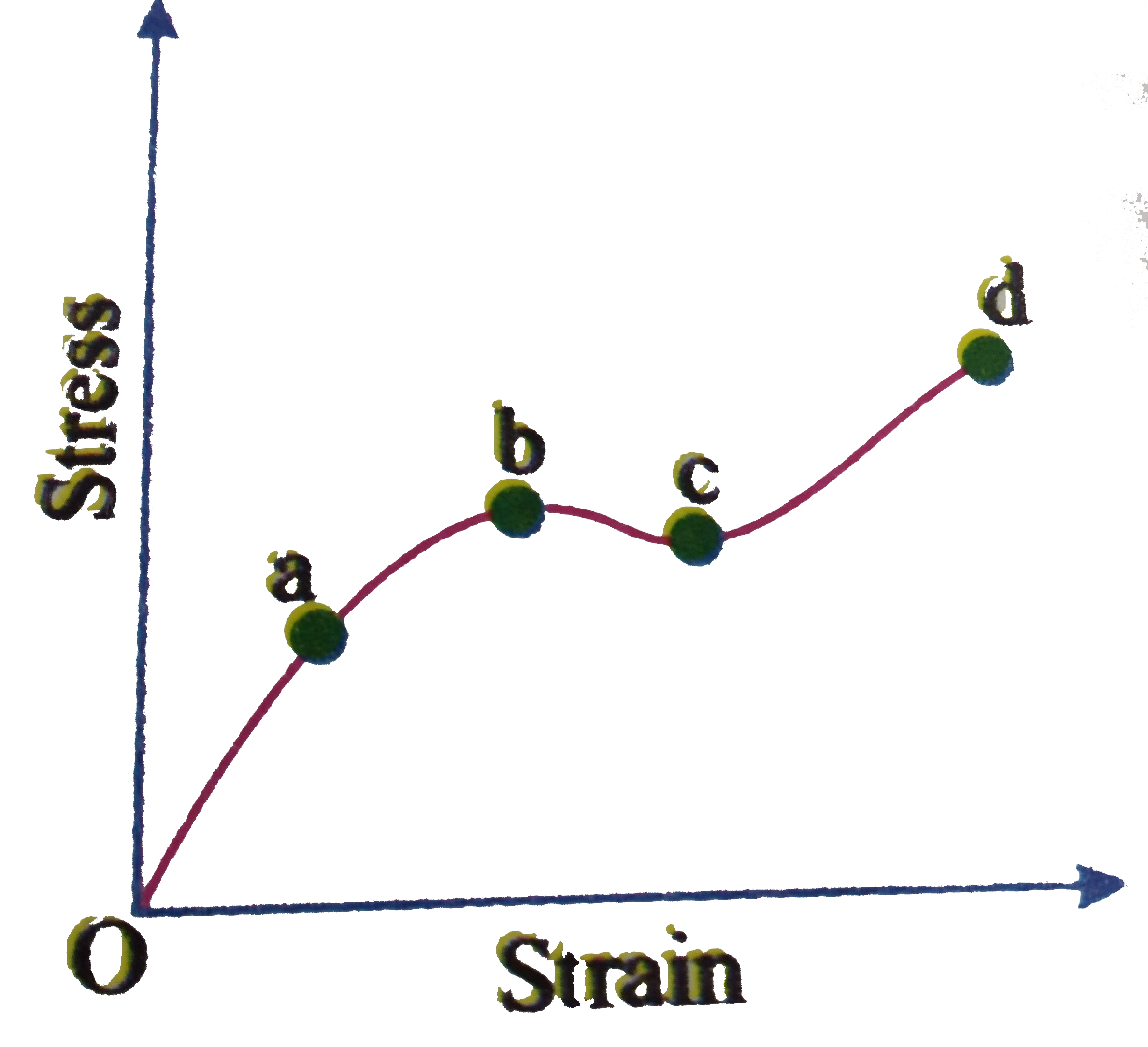
View SolutionIn the above graph, point `B` indicates
View SolutionIn the above graph, point `D` indicates
View Solution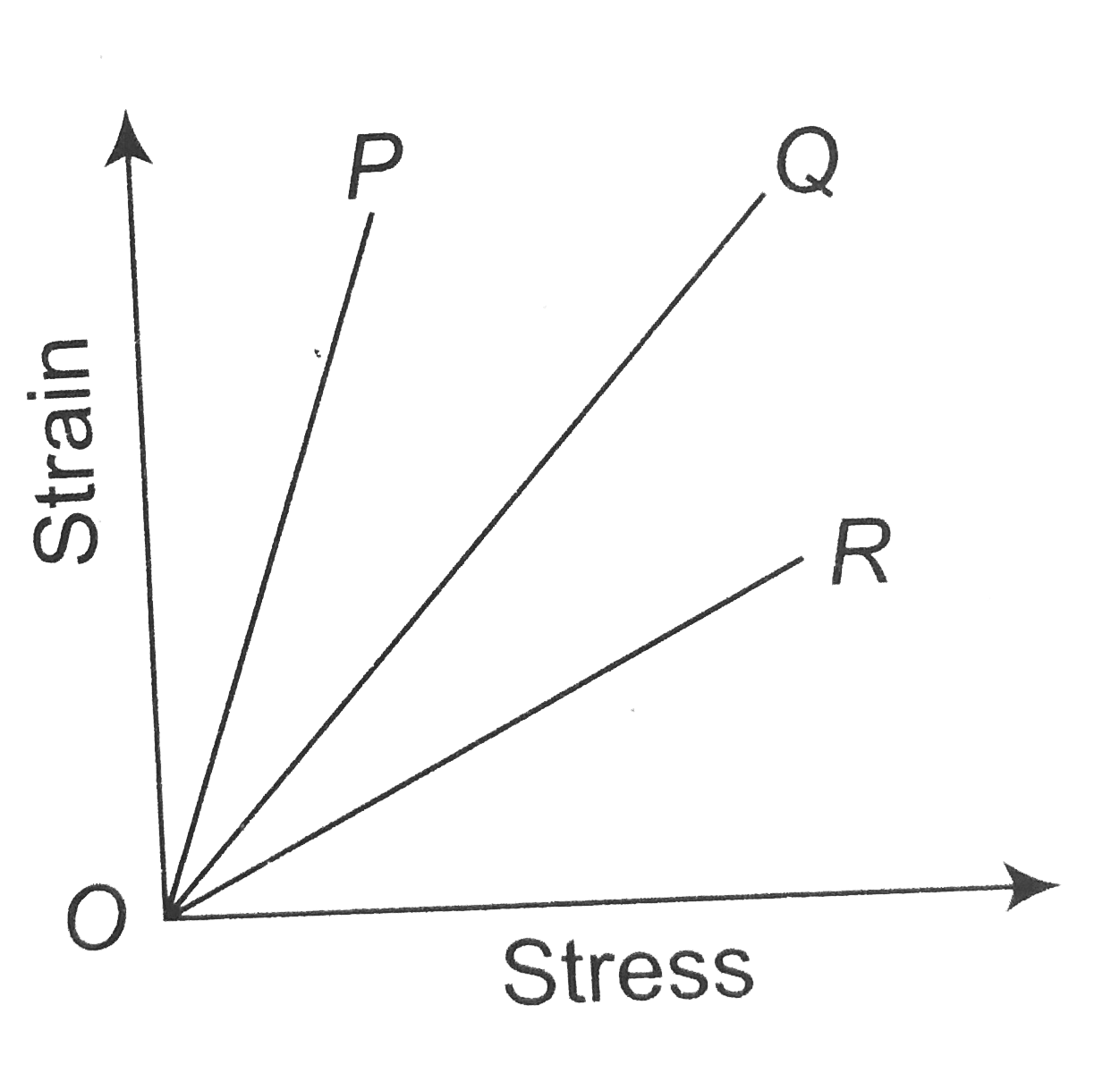
The strain stress curves of three wires of different materials are shown in the figure. P, Q and R are the elastic limits of the wires. The figure shown that
View SolutionThe diagram shows a forc-extension graph for a rubber band. Consider of the following statements
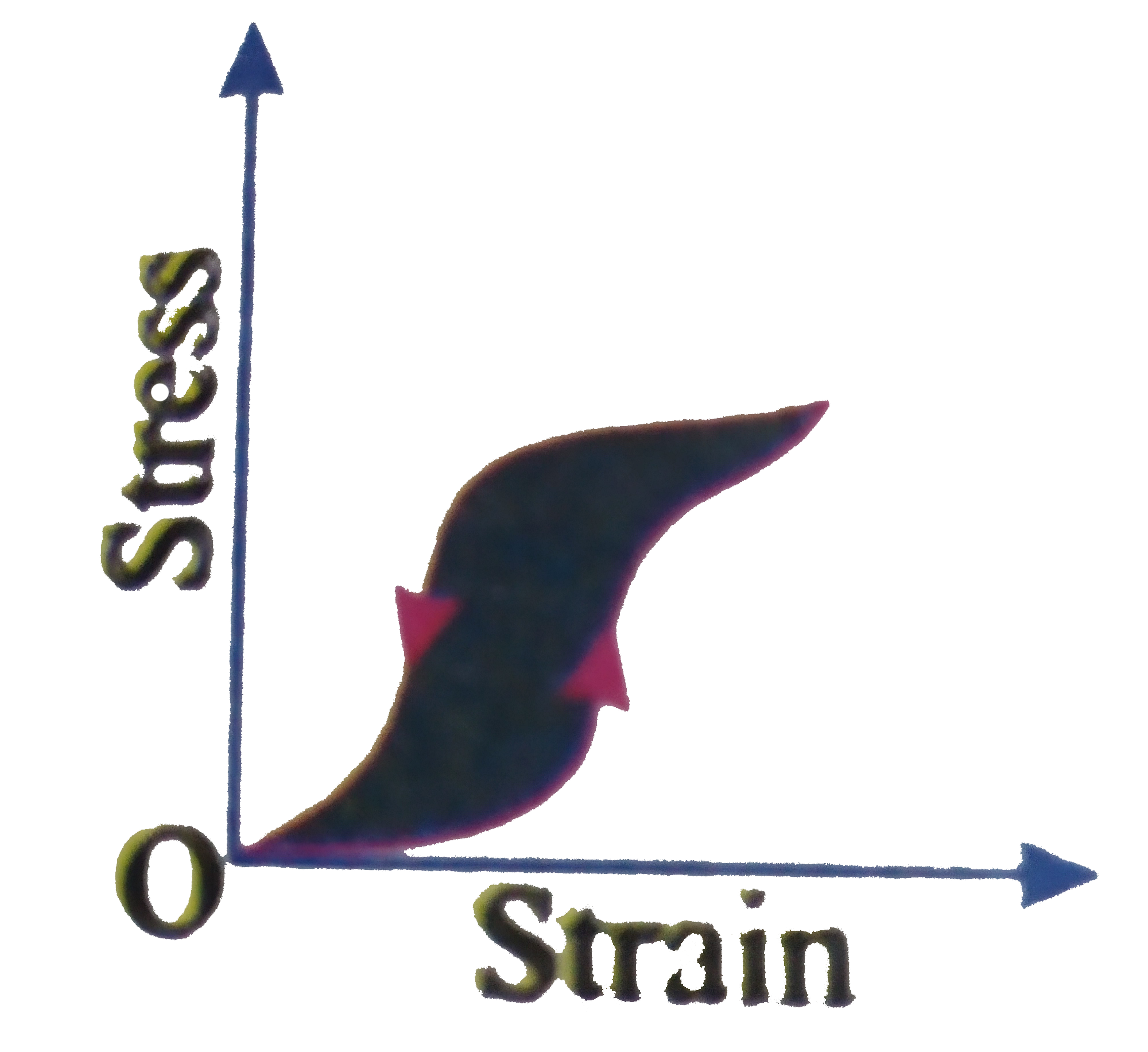
I. It will be easier to compress this rubber than expand it
II. Rubber does not return to its original length after it is streched
III. The rubber band will get heated id it is streched and realeased
Which of these can be deduced from the graph
View Solution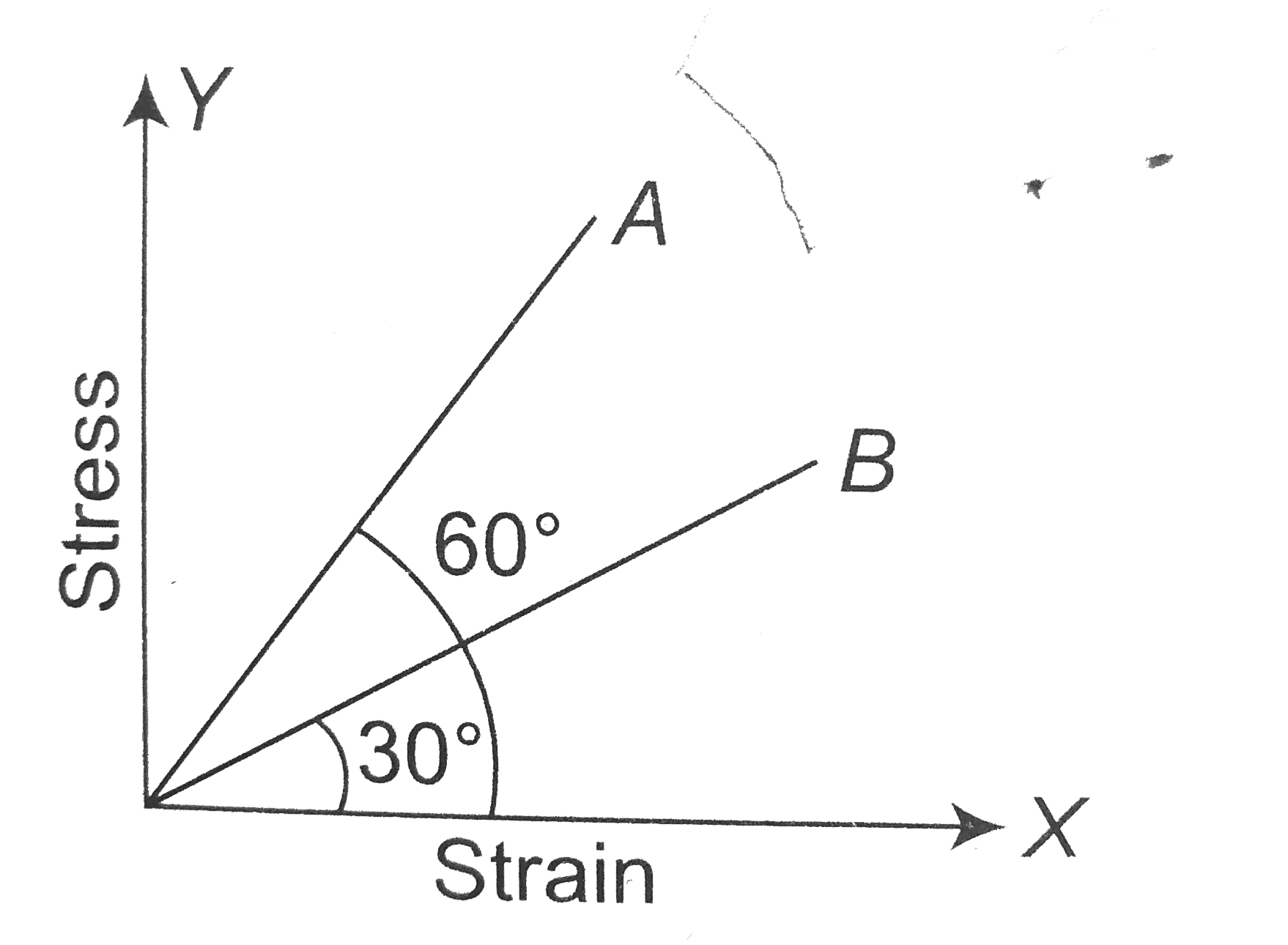
The stress versus strain graphs for wires of two materials A and B are as shown in the figure. If YA and YB are the Young's moduli of the materials then
View SolutionThe load versus extension graph for four wires of same material is shown.
The thinnest wire is represented by the line

View SolutionWhen does an elastic metal rod change its length?
View SolutionThe graph show the behaviour of a length of wire in the region for which the substances obeys Hooke's law. `P` and `Q` represent
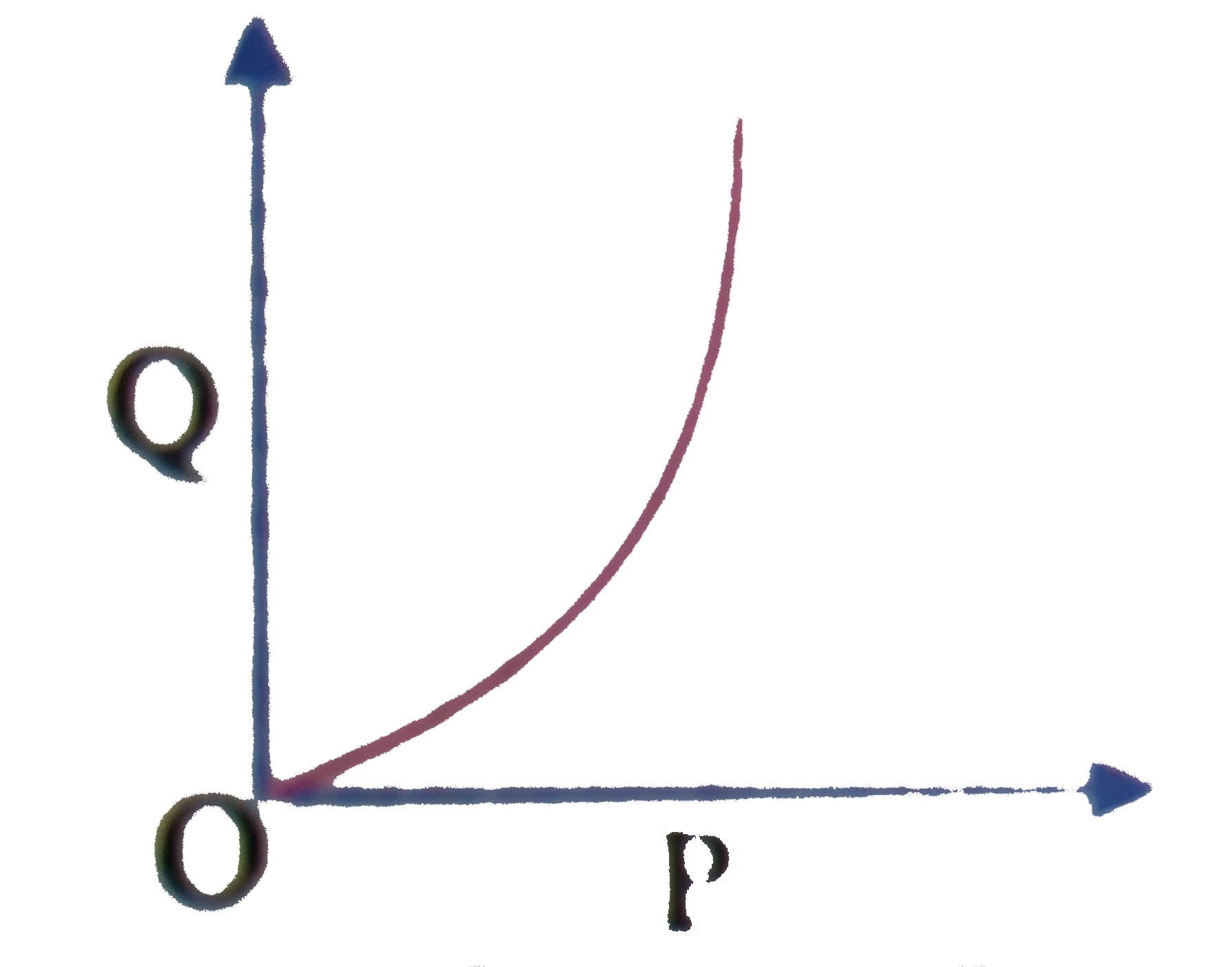
View SolutionThe potential energy `U` between two molecules as a function of the distance `X` between them has been shown in the figure. The two moleucles are
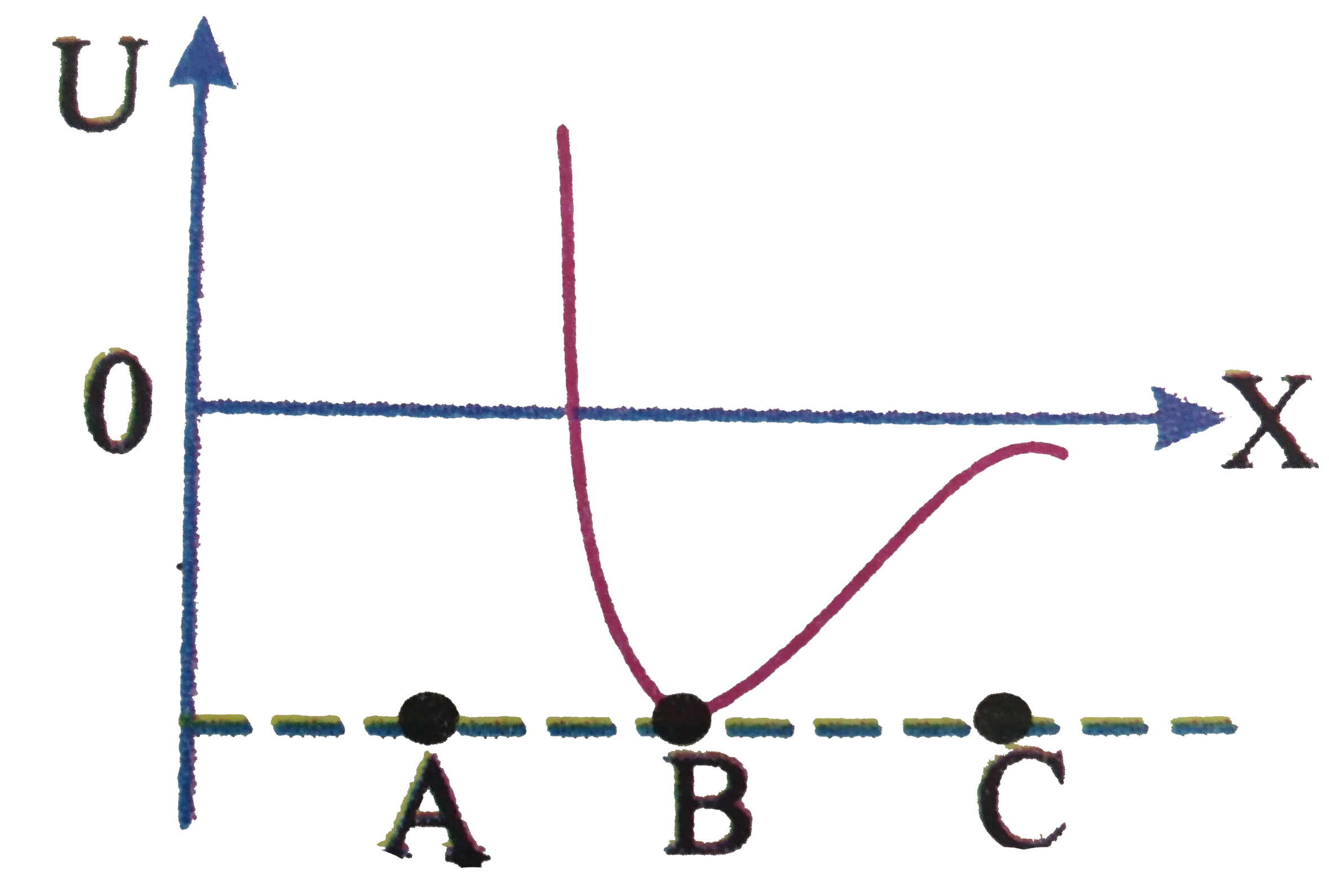
View SolutionThe value of force constant between the applied elastic force `F` and displacement will be
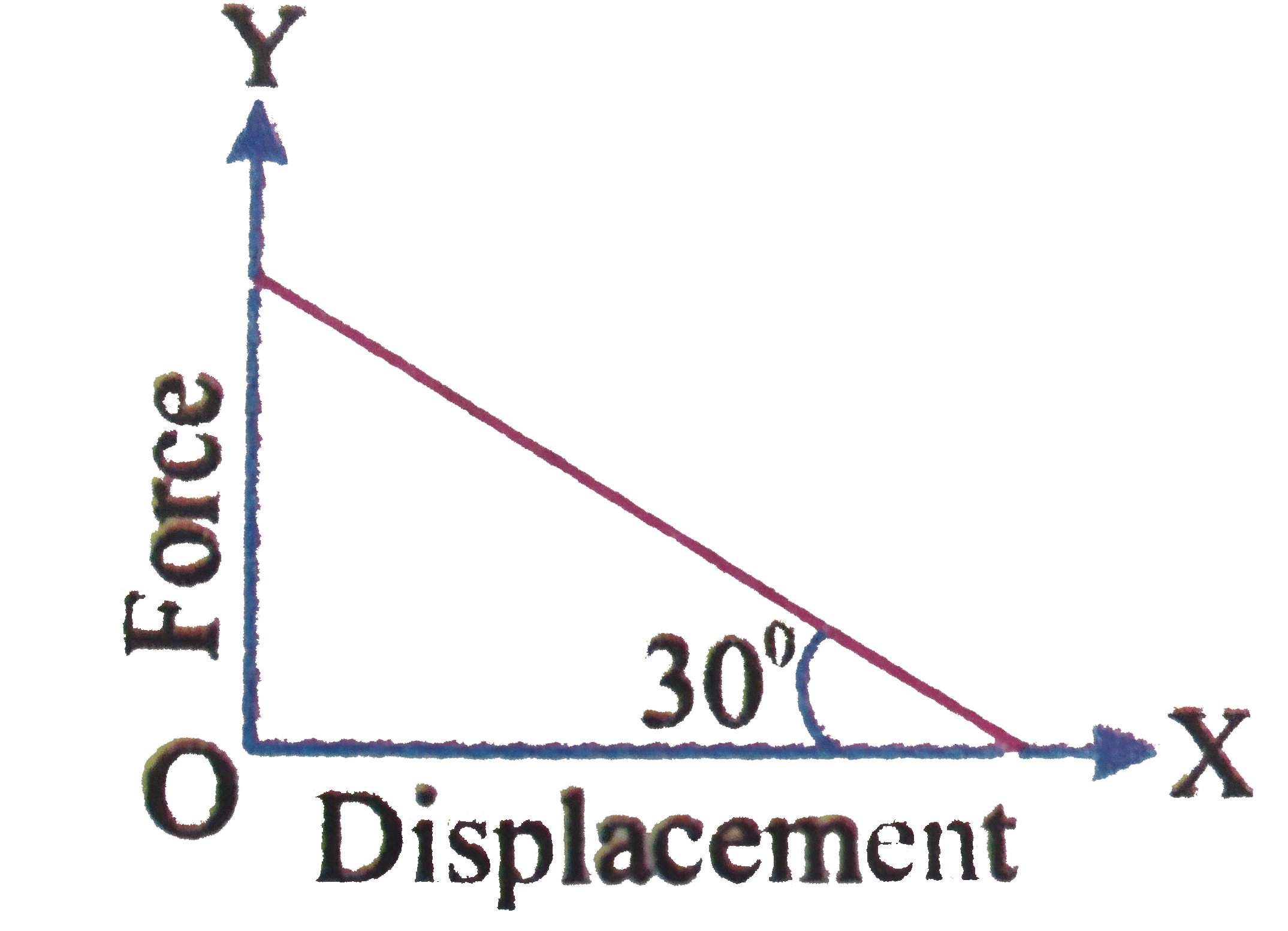
View Solution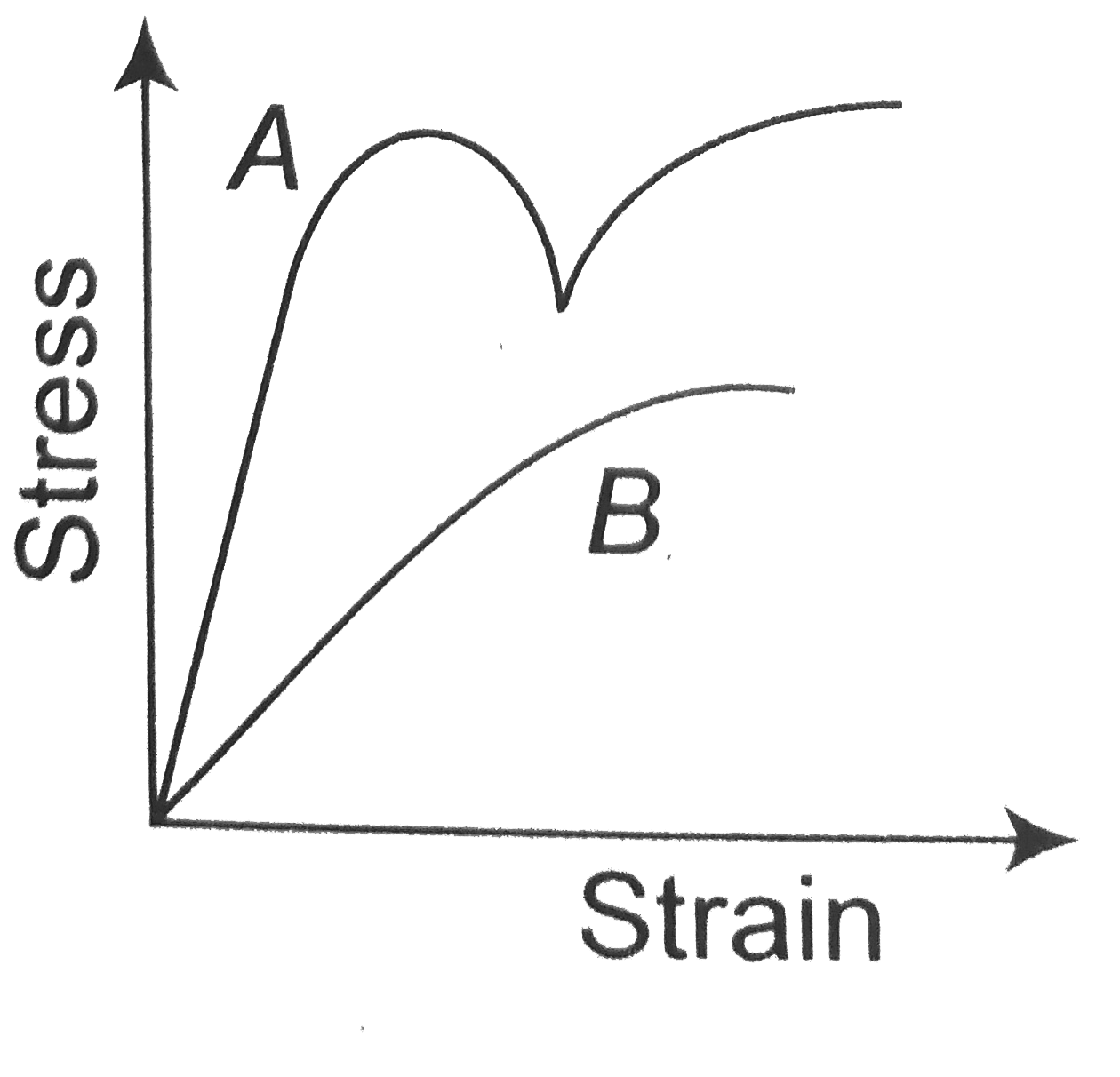
The diagram shoes stress v/s strain curve for the materials A and B. From the curves we infer that
View SolutionWhat happens to the elastic property of a substance after annealing (cooling slowly after heating)
View SolutionIf a metal wire of length `L`, having area of cross-section `A` and Young's modulus `Y`, behaves as a spring constant `K`. The value of `K` is
View Solutionthe points of maximum and minimum attraction in the curve between potential energy (U) and distance (r) of a diatomic molecules aree respectively.
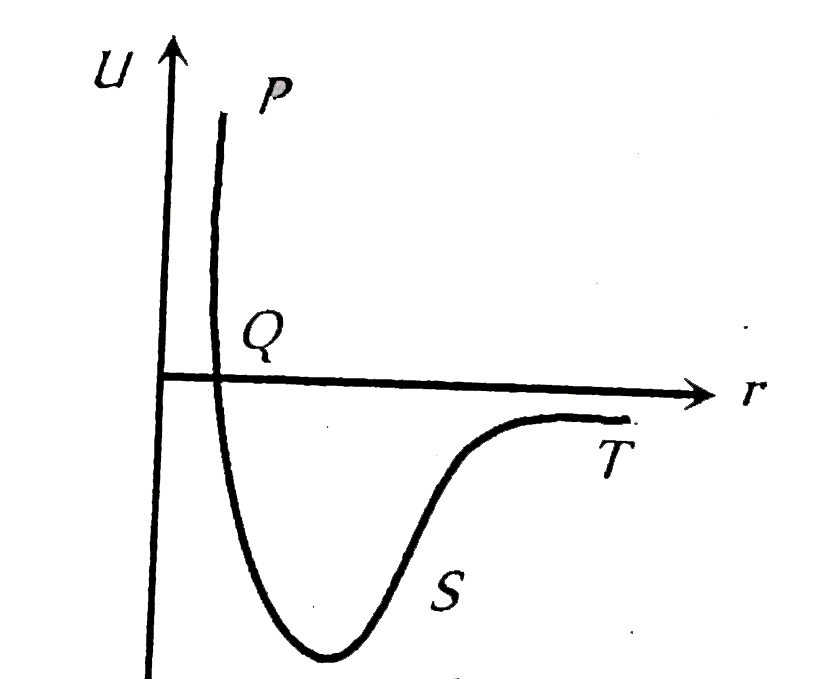
View SolutionThe linear strain in `x,y` and `z` direction are `e_(x),e_(y)` and `e_(z)` respectively. Then the volumetric strain is givne by
View Solution
C.U.Q questions and complete solutions for chapter MECHANICAL PROPERTIES OF SOLIDS of NARAYANA PHYSICS (HINGLISH) of Class 11
